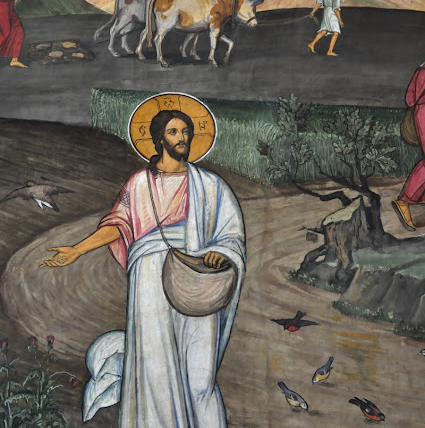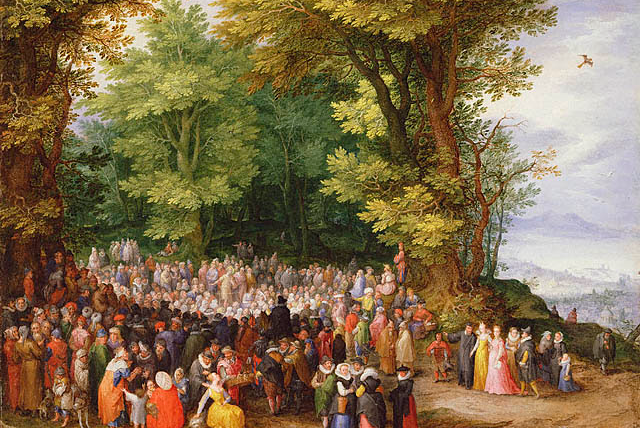THE BODY AND BLOOD OF CHRIST A
In his interesting if provocative autobiography, Angela’s Ashes, Frank McCourt tells of a confession he once made as a young boy. His mother had just given birth, and their in-laws had sent money from the North to buy milk for the new baby. But his father, an alcoholic, had taken the money and was drinking it in the pubs. His mother had sent him to find his father and bring him home. On his way he saw a drunken sailor sitting asleep on the street outside a pub, with a largely untouched plate of chips in front of him. Ravenously hungry, Frankie took the plate and ate everything. Feeling guilty, he finds a priest and confesses his theft. When he heard why Frankie did it the old priest, instead of scolding the boy, does something else. “My child, I sit here, I hear the sins of the poor, I assign the penance, I bestow the absolution. I should be on my knees washing their feet. Go, pray for me.”
At the first Eucharist Jesus was on his knees washing his disciples’ feet. Surely he did it to teach them that the Eucharist is a call to and a grace for service. At the end of Mass the deacon or priest is directed to say: “Go, the Mass is ended, and announce the Gospel of the Lord.” The Gospel of John doesn’t mention bread or wine at the last supper. But Matthew, Mark and Luke highlight Jesus changing bread and wine into his body and blood. John substitutes a basin and towel for the bread and wine. Why? Commentators say that this humble service towards each other symbolises the larger meaning of the Eucharist and, indeed, of the Gospel itself.
The Risen Christ is in the bread and wine in a uniquely substantive way. He is present in different ways throughout the celebration of the Eucharist. How is he in the host, a tiny sliver of bread, you might ask? How can this man give us his flesh to eat? How can he be alive after being killed? We read in John’s account of Easter morning about the two disciples racing to the tomb only to find it empty but for the folded burial cloths. The one who reached it first “saw and believed” John 20:8. He experienced something that was mightily real. He encountered Christ risen from the dead, physically invisible to the naked eye but powerfully and supremely present to his faith. When we approach Holy Communion our trust needs to be wide open to Christ’s real presence. Indeed the whole Mass is designed to prepare us for that utmost encounter – cf. Vatican 2, Constitution on Sacred Liturgy, para 7.
The Eucharistic Prayer (or Canon of the Mass) does not just ask God to change the bread and wine into the body and blood of Christ – it also asks God to transform us into the Mystical Body of Christ, and to make the whole saving event of Jesus available for us to share in today. I think that’s why St. Augustine when administering Holy Communion would sometimes say: “Receive what you are.” By going to Communion routinely and without due preparation and expectation we put ourselves at a spiritual disadvantage. We come to Mass so as to one with Christ’s offering of Himself to God: “Through Him, with Him and in Him, O God almighty Father, in the unity of the Holy Spirit, all glory and honour is yours, for ever and ever.”
Fr. QQ – 06/07/2023




